Home>Furniture>Outdoor Furniture>How To Stop Dogs From Peeing On A Patio
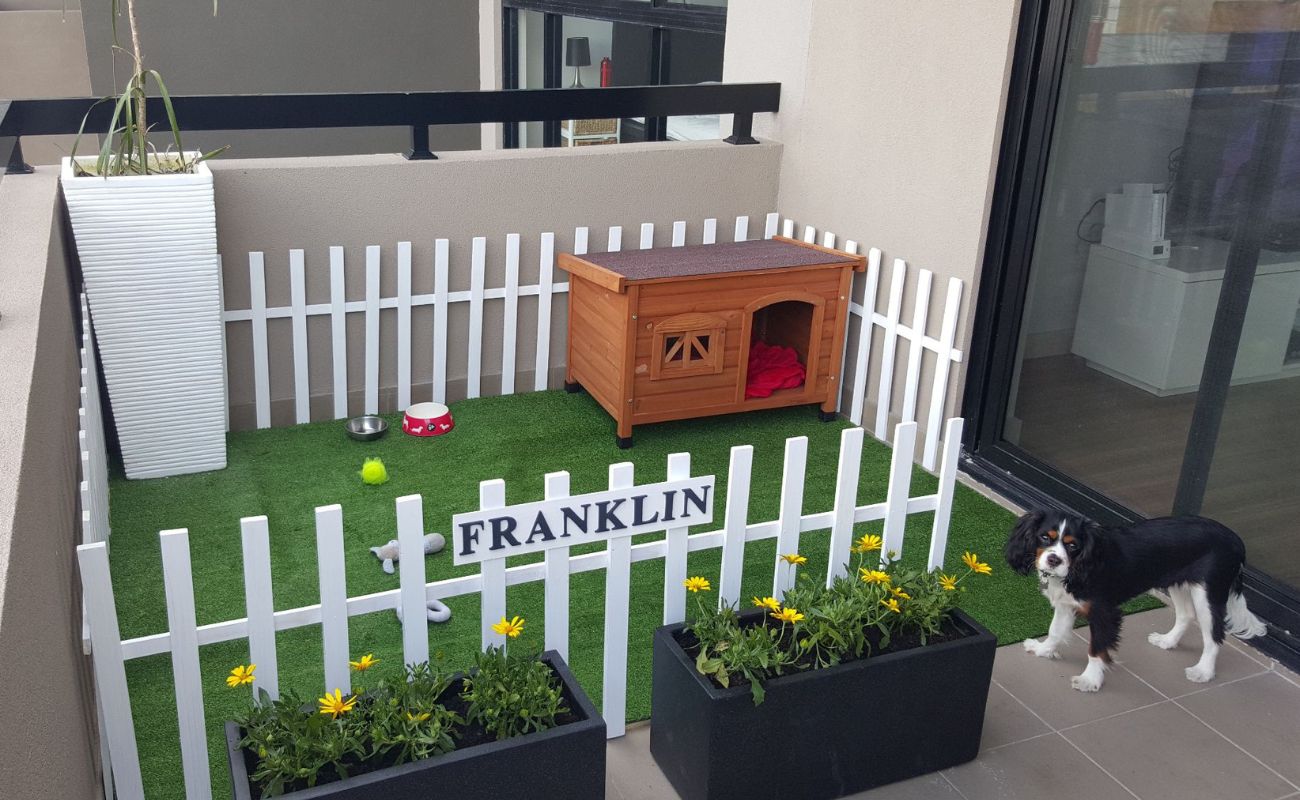

Outdoor Furniture
How To Stop Dogs From Peeing On A Patio
Modified: May 6, 2024
Discover effective ways to keep dogs from peeing on your patio and safeguard your outdoor furniture. Say goodbye to unwanted pet stains and odors with our helpful tips.
(Many of the links in this article redirect to a specific reviewed product. Your purchase of these products through affiliate links helps to generate commission for Storables.com, at no extra cost. Learn more)
Introduction
Welcome to our comprehensive guide on how to prevent dogs from peeing on your patio. For dog owners, a patio can be a convenient and enjoyable outdoor space. However, it can also become a territory for your furry friends to mark their territory or relieve themselves. This can not only lead to unsightly stains and unpleasant smells but can also damage the patio surface over time. To help you reclaim your patio without compromising your dog’s well-being, we’ve put together a series of steps and strategies that can effectively discourage dogs from peeing on your patio.
Understanding the reasons behind this behavior is essential in tackling the issue effectively. Dogs may urinate on patios for various reasons. Some dogs do it out of habit or as a way to mark their territory. Others may be experiencing anxiety or health-related issues, leading to an increased frequency of bathroom breaks. By identifying the root cause, you can tailor your approach to prevent dogs from peeing on your patio.
Assessing the impact of dog urine on patios is crucial. Dog urine contains high levels of nitrogen and salts, which can gradually cause damage to the patio surface. This can result in discoloration, cracks, or even the deterioration of the patio’s structural integrity. By taking preventive measures, you can protect your patio from these damaging effects and ensure its longevity.
Now, let’s dive into the steps you can take to stop dogs from peeing on your patio:
Key Takeaways:
- Designate a specific bathroom area for your dog, use scent deterrents, and create physical barriers to prevent dogs from peeing on your patio. Consistency and positive reinforcement are key to success.
- Understand your dog’s behavior, assess the impact of dog urine on your patio, and take proactive steps to discourage unwanted peeing. With patience and love, you can enjoy a clean and pee-free patio.
Read more: How To Get A Dog To Stop Peeing On A Patio
Understanding the Reasons behind Dogs Peeing on Patios
Before we discuss how to stop dogs from peeing on your patio, it’s important to understand why they engage in this behavior. Dogs have an instinctual drive to mark their territory, and the patio may be seen as an extension of their living space.
One common reason dogs pee on patios is to establish dominance and mark their territory. By urinating on the patio, dogs leave behind their scent, signaling to other animals that this area is theirs. This behavior is more prevalent in male dogs, as they have a stronger urge to mark their territory compared to female dogs.
Stress and anxiety can also contribute to dogs peeing on patios. Just like humans, dogs can experience anxiety in various situations, such as when they’re left alone for long periods or exposed to unfamiliar environments. In these cases, they may seek comfort and security by marking their territory, including your patio.
Health-related issues can also lead to increased urination on patios. Dogs with bladder infections, kidney problems, or urinary tract issues may have an urgent need to urinate more often, sometimes even on inappropriate surfaces like patios. It’s important to rule out any underlying health issues by visiting a veterinarian if you notice a sudden change in your dog’s urination patterns.
Additionally, it’s worth noting that certain breeds, such as small dogs or those with a strong instinct to mark, may be more prone to peeing on patios. Understanding your dog’s breed-specific tendencies can help in devising effective solutions to prevent this behavior.
By gaining insight into the reasons behind your dog’s behavior, you can address the root cause and implement strategies to discourage them from peeing on your patio. In the next section, we will discuss the steps you can take to create a dog-friendly environment that discourages this unwanted behavior.
Assessing the Impact of Dog Urine on Patios
When it comes to dogs peeing on patios, it’s not just a matter of aesthetics and cleanliness; there can be a significant impact on the patio’s durability and longevity as well. Dog urine contains high levels of nitrogen and salts, which can have detrimental effects on various types of patio surfaces.
One of the primary concerns is the discoloration of the patio. Dog urine can leave unsightly stains that can be challenging to remove, especially if left untreated for an extended period. The discoloration is caused by the nitrogen in the urine reacting with the patio surface, resulting in yellow or brown spots that can be quite noticeable.
In addition to the appearance of the patio, dog urine can also lead to structural damage. The high nitrogen content can break down the components of the patio surface, such as concrete or stone, over time. This can result in cracks, pitting, or even the complete deterioration of the patio’s surface.
Furthermore, the salts in dog urine can lead to salt deposits accumulating on the patio surface. These deposits can contribute to efflorescence, a white powdery substance that forms on the surface when water evaporates. Efflorescence can not only mar the appearance of the patio but also cause damage by weakening the patio structure.
It’s worth noting that the impact of dog urine on patios can vary depending on the type of material used. Some materials, like concrete pavers or stone, may be more porous and susceptible to damage, while others, like synthetic decking or sealed surfaces, may be more resistant. Understanding the specific characteristics of your patio material can help you assess the potential impact of dog urine.
To minimize the damage caused by dog urine, it’s essential to take preventive measures and adopt strategies to discourage your dog from peeing on the patio. By creating a designated bathroom area, using scent deterrents, and applying sealants or repellents, you can protect your patio from the harmful effects of dog urine.
Now that we understand the impact of dog urine on patios, let’s explore the steps you can take to prevent dogs from peeing on your patio and maintain its aesthetic appeal and structural integrity.
Step 1: Establish a Designated Bathroom Area for Your Dog
One effective way to prevent dogs from peeing on your patio is to establish a designated bathroom area for them. By providing an alternative spot specifically designed for their bathroom needs, you can significantly reduce the likelihood of them using the patio as their preferred spot.
When choosing a designated bathroom area, consider the accessibility and convenience for both you and your dog. Ideally, it should be an area that is easily accessible for your dog while being easily maintainable for you. This could be a corner of your yard or a specific section with gravel or mulch that can serve as a natural absorbent surface.
Once you have selected the designated bathroom area, introduce it to your dog and encourage them to use it for their bathroom needs. Take your dog to the area on a leash and give them plenty of time to sniff and explore the area. It’s also a good idea to use a command or cue word, such as “Go potty,” to reinforce the association between the area and their bathroom activities.
Consistency is key when establishing a designated bathroom area. Take your dog to the area at regular intervals throughout the day, especially after meals or naps. Praise and reward your dog when they successfully use the designated area, reinforcing the positive behavior.
It’s important to note that accidents may still happen initially, especially if your dog has been accustomed to using the patio as a bathroom spot. If you catch your dog in the act of peeing on the patio, calmly redirect them to the designated area and reward them when they finish their business there.
Additionally, keep the designated bathroom area clean and free from waste. Regularly remove any feces and clean up urine spots to maintain a hygienic environment for your dog. This will also help reinforce the idea that the designated area is the appropriate place for their bathroom needs.
By taking the time to establish a designated bathroom area, you can effectively redirect your dog’s bathroom habits away from the patio and minimize the chances of them using it as their preferred spot. In the next step, we will discuss how to create physical barriers to prevent your dog from accessing the patio altogether.
Step 2: Create Physical Barriers to Prevent Patio Access
To further discourage dogs from peeing on your patio, creating physical barriers can be an effective solution. By preventing your dog’s access to the patio, you can minimize the opportunity for them to engage in this unwanted behavior.
There are several ways to create physical barriers depending on your patio’s layout and your dog’s size and agility. Here are some suggestions:
- Install a gate or fence: If your patio has a clear entry point, consider installing a gate or fence to block your dog’s access. This can be a permanent structure or a removable barrier that you can put up when needed. Make sure the gate or fence is tall enough to prevent your dog from jumping over it.
- Use baby gates: For patios that are connected to your home, using baby gates can be an effective way to keep your dog from accessing the patio. Place the gates at the entrances to the patio to create a physical barrier.
- Use pet barriers or playpens: If you have a smaller patio area, consider using pet barriers or playpens specifically designed for dogs. These portable enclosures can be easily set up and provide a designated space for your dog to stay in while preventing access to the patio.
- Utilize planters or furniture: Strategically placing planters, furniture, or decorative obstacles near the patio entrances can discourage your dog from attempting to access the area. The physical barriers created by these objects can act as a deterrent.
In addition to the physical barriers, it’s important to ensure that your dog has access to an alternative outdoor space where they can play and relieve themselves. Designate another area in your yard where your dog can freely roam and explore. This will help redirect their attention away from the patio.
Remember, consistency is key when implementing physical barriers. Reinforce the barrier usage by consistently redirecting your dog when they try to access the patio. Over time, your dog will learn that the patio is off-limits.
In the next step, we will explore how to use scent deterrents to discourage dogs from peeing on the patio.
To stop dogs from peeing on a patio, try using a commercial pet repellent spray or create a homemade solution using vinegar and water. Clean the area thoroughly to remove any lingering scent. Additionally, provide plenty of opportunities for the dog to relieve themselves in a designated area.
Read more: How To Stop Dogs From Peeing On Furniture
Step 3: Use Scent Deterrents to Discourage Peeing on the Patio
Scent deterrents can be a powerful tool in discouraging dogs from peeing on your patio. By introducing scents that are unappealing to dogs, you can effectively deter them from using the patio as a bathroom spot. Here are some scent deterrents you can try:
- Citrus scents: Dogs generally dislike the smell of citrus fruits. You can spray a citrus-scented solution, made from diluted lemon or orange juice, on the patio surface. Avoid using concentrated citrus oils as they can be harmful to dogs. The citrus scent will act as a deterrent and discourage your dog from peeing on the patio.
- Vinegar solution: Dilute white vinegar with water and spray the mixture on the patio. The strong smell of vinegar can deter dogs from peeing in the area. However, be cautious as some dogs may be attracted to the smell of vinegar, so it may not work for every dog.
- Commercial pet deterrent sprays: There are various pet deterrent sprays available on the market that are specifically formulated to discourage dogs from peeing in certain areas. These sprays often have an unpleasant odor or taste to dogs, making them less likely to urinate in treated areas. Follow the instructions carefully when using these sprays.
When using scent deterrents, it’s important to regularly reapply them, especially after rain or heavy watering, as the scent can fade over time.
In addition to scent deterrents, it’s crucial to provide your dog with appropriate alternatives for bathroom breaks. Ensure that they have access to their designated bathroom area or another suitable outdoor space where they can relieve themselves. This will help redirect their natural instincts and minimize the desire to use the patio as a toilet.
Remember, consistency is key when using scent deterrents. It may take some time for your dog to associate the scent with the patio and avoid it altogether. By consistently applying scent deterrents and redirecting your dog to the appropriate area, you can effectively discourage them from peeing on the patio.
In the next step, we will discuss how to apply repellents or sealants to the patio surface to further deter dogs from urinating on it.
Step 4: Apply Repellents or Sealants to the Patio Surface
To further discourage dogs from peeing on your patio, you can apply repellents or sealants to the patio surface. These products create a barrier that makes the area less appealing for dogs to urinate on. Here are some options to consider:
- Commercial pet repellents: There are commercial pet repellent sprays or granules available that are specifically formulated to deter dogs from certain areas. These products often have a scent that dogs find unpleasant, thus discouraging them from urinating on the treated patio surface. Follow the instructions provided by the manufacturer when using these products.
- Homemade repellent solutions: You can create your own repellent solution using natural ingredients. For instance, mixing cayenne pepper or chili powder with water and spraying it on the patio can create an unpleasant smell that dogs want to avoid. However, be cautious as some dogs may be attracted to the smell or may have sensitivities to these ingredients.
- Patio sealants: Applying a sealant to the patio surface can create a protective barrier that is resistant to dog urine. Look for sealants specifically designed for outdoor surfaces and follow the manufacturer’s instructions for application. Keep in mind that sealants may need to be reapplied periodically, so check the product recommendations for maintenance.
Before applying any repellents or sealants, it’s important to test a small, inconspicuous area of the patio to ensure that they don’t cause damage or discoloration. Follow the instructions provided by the manufacturer and use these products responsibly.
Remember, repellents or sealants should be used in conjunction with other preventive measures, such as establishing a designated bathroom area and using scent deterrents. Consistency and reinforcement of desired behavior are essential in effectively deterring dogs from peeing on the patio.
In the next step, we will discuss the importance of monitoring your dog’s behavior and correcting any unwanted habits with positive reinforcement.
Step 5: Monitor and Correct Unwanted Behaviors
Monitoring your dog’s behavior on the patio is crucial in preventing them from peeing in unwanted areas. By being vigilant and addressing any signs of problematic behavior early on, you can effectively correct their habits. Here are some key steps to follow:
- Supervise your dog: Whenever your dog is on the patio, keep a watchful eye on their behavior. If you notice signs that they are about to pee on the patio, intervene immediately. Clap your hands loudly or use a verbal command to distract them and redirect their attention away from the patio.
- Positive reinforcement: Rewarded desired behaviors can go a long way in training your dog. When your dog successfully uses their designated bathroom area or avoids peeing on the patio, praise them and provide treats or rewards. This positive reinforcement helps reinforce the idea that using the appropriate area is rewarding and encourages them to repeat the behavior.
- Consistency: Consistency is key in training your dog. Ensure that everyone in the household follows the same guidelines and consistently reinforces the desired behavior. Inconsistency may confuse your dog and make it more challenging for them to understand which behaviors are acceptable or not.
- Redirect and correct: If you catch your dog in the act of peeing on the patio, immediately redirect them to their designated bathroom area. Avoid punishing or scolding your dog, as this can create fear or anxiety. Instead, focus on positive reinforcement and consistently guiding them to the appropriate spot.
- Seek professional help if needed: If your dog continues to exhibit unwanted behavior despite your efforts, consider seeking guidance from a professional dog trainer or animal behaviorist. They can provide tailored strategies and additional support to address the issue effectively.
Remember, correcting unwanted behaviors takes time and patience. It’s important to remain consistent and positive throughout the training process. With dedication and effective reinforcement, you can successfully train your dog to avoid peeing on the patio.
By following these steps – establishing a designated bathroom area, creating physical barriers, using scent deterrents, applying repellents or sealants, and monitoring and correcting unwanted behaviors – you can effectively prevent dogs from peeing on your patio. Enjoy a clean and enjoyable outdoor space while ensuring the well-being of your furry friend.
We hope this comprehensive guide has provided you with valuable insights and strategies to address this common issue. Implement these steps consistently, adapt them to your specific situation, and most importantly, be patient with your dog as they learn and adjust their behaviors.
Good luck, and here’s to a pee-free patio!
Conclusion
Preventing dogs from peeing on your patio can be a challenge, but by following the steps outlined in this guide, you can regain control of your outdoor space. Understanding the reasons behind this behavior and assessing the impact of dog urine on your patio are vital first steps. From there, you can take action and implement strategies to discourage your dog from using the patio as their bathroom spot.
By establishing a designated bathroom area, creating physical barriers, using scent deterrents, applying repellents or sealants, and consistently monitoring and correcting unwanted behaviors, you can effectively prevent dogs from peeing on your patio. This will help maintain the cleanliness and structural integrity of your patio while providing a comfortable and enjoyable space for both you and your dog.
Remember, training takes time and patience. It’s important to remain consistent, provide positive reinforcement, and seek professional help if needed. With dedication and love, you can guide your dog towards more appropriate bathroom habits and ensure a harmonious coexistence with your patio.
Enjoy your pee-free patio and happy bonding time with your furry friend!
Now that you've learned how to keep dogs from using your patio as their personal restroom, maintaining that clean, fresh area is next on the agenda. Dealing with stubborn stains? Our guide on patio maintenance offers practical advice on removing those tough marks and preserving your outdoor space's beauty. Whether it's dirt, grime, or the occasional accident, you'll find effective strategies to keep your concrete patio pristine and inviting. Don't miss out on these essential cleaning tips that make all the difference.
Frequently Asked Questions about How To Stop Dogs From Peeing On A Patio
Was this page helpful?
At Storables.com, we guarantee accurate and reliable information. Our content, validated by Expert Board Contributors, is crafted following stringent Editorial Policies. We're committed to providing you with well-researched, expert-backed insights for all your informational needs.
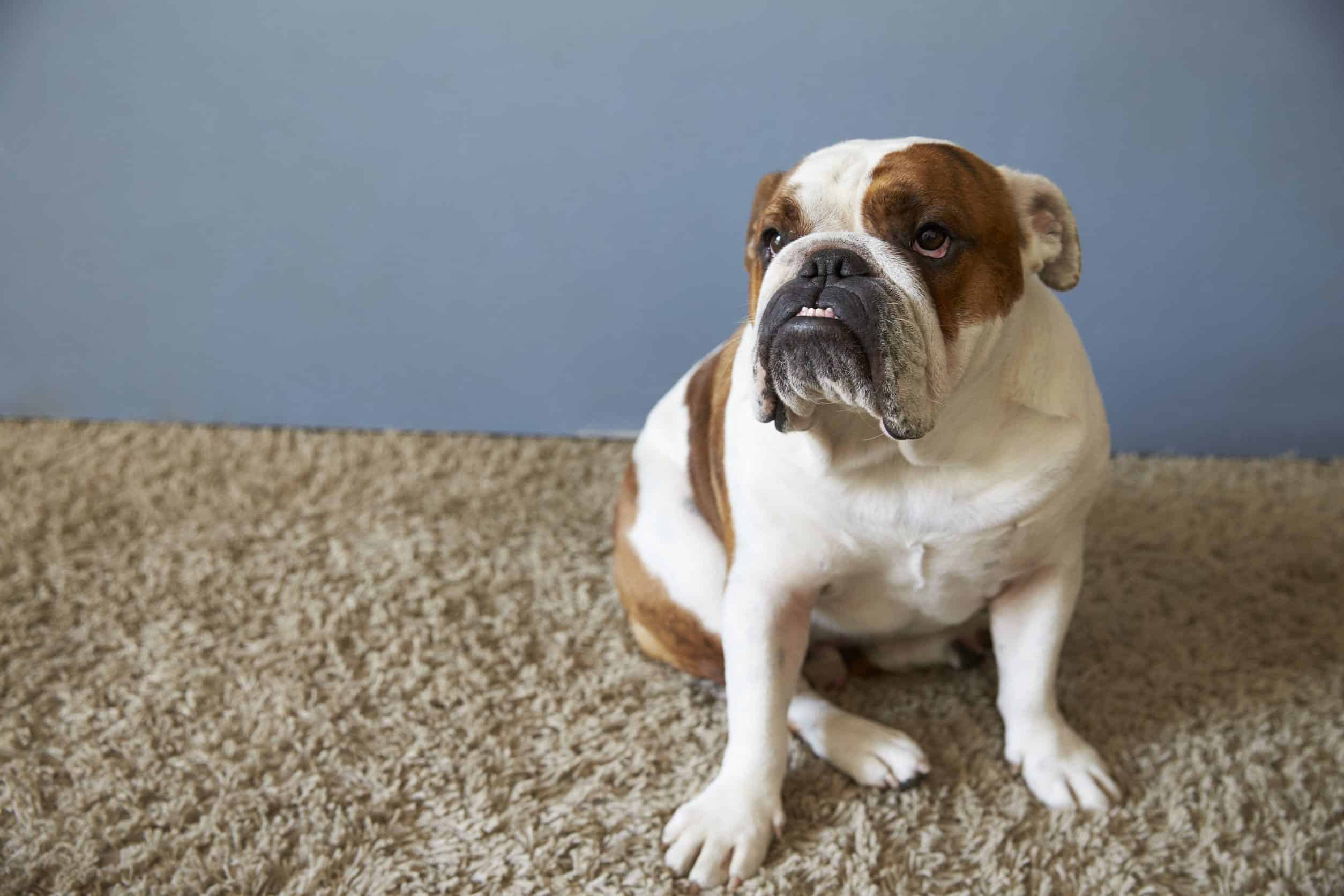
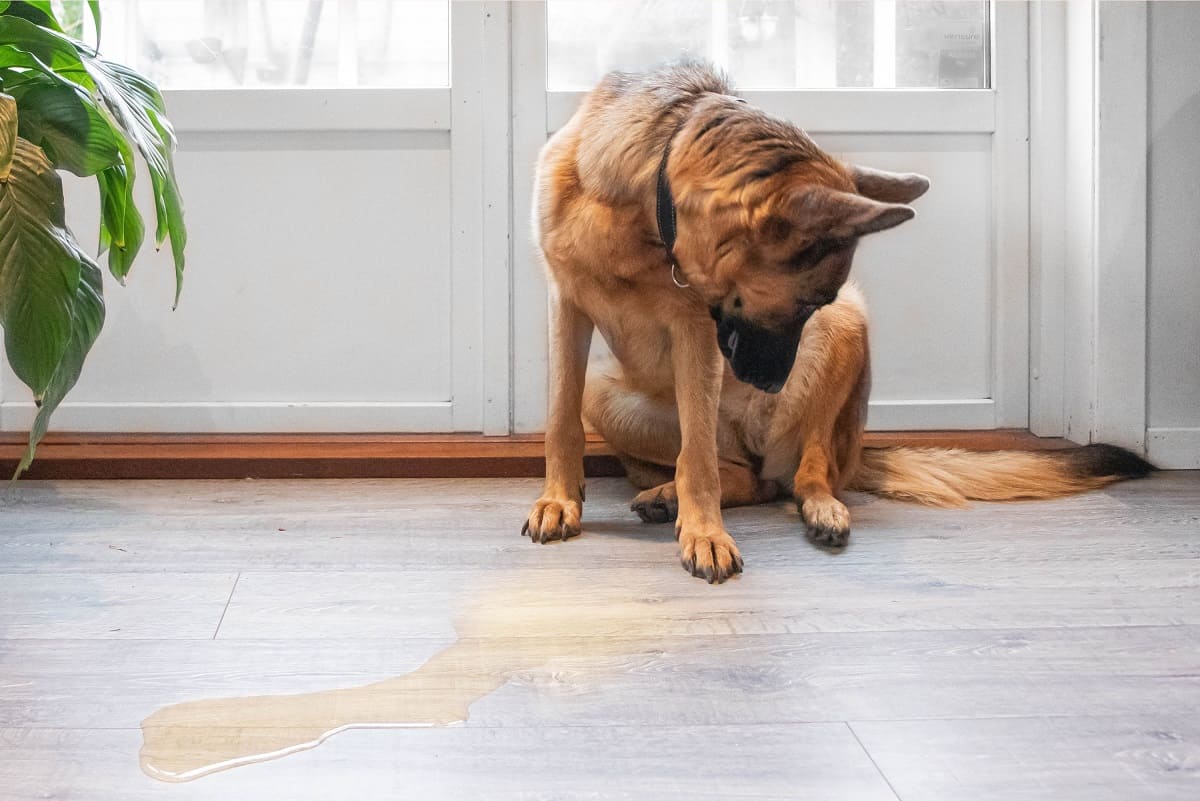
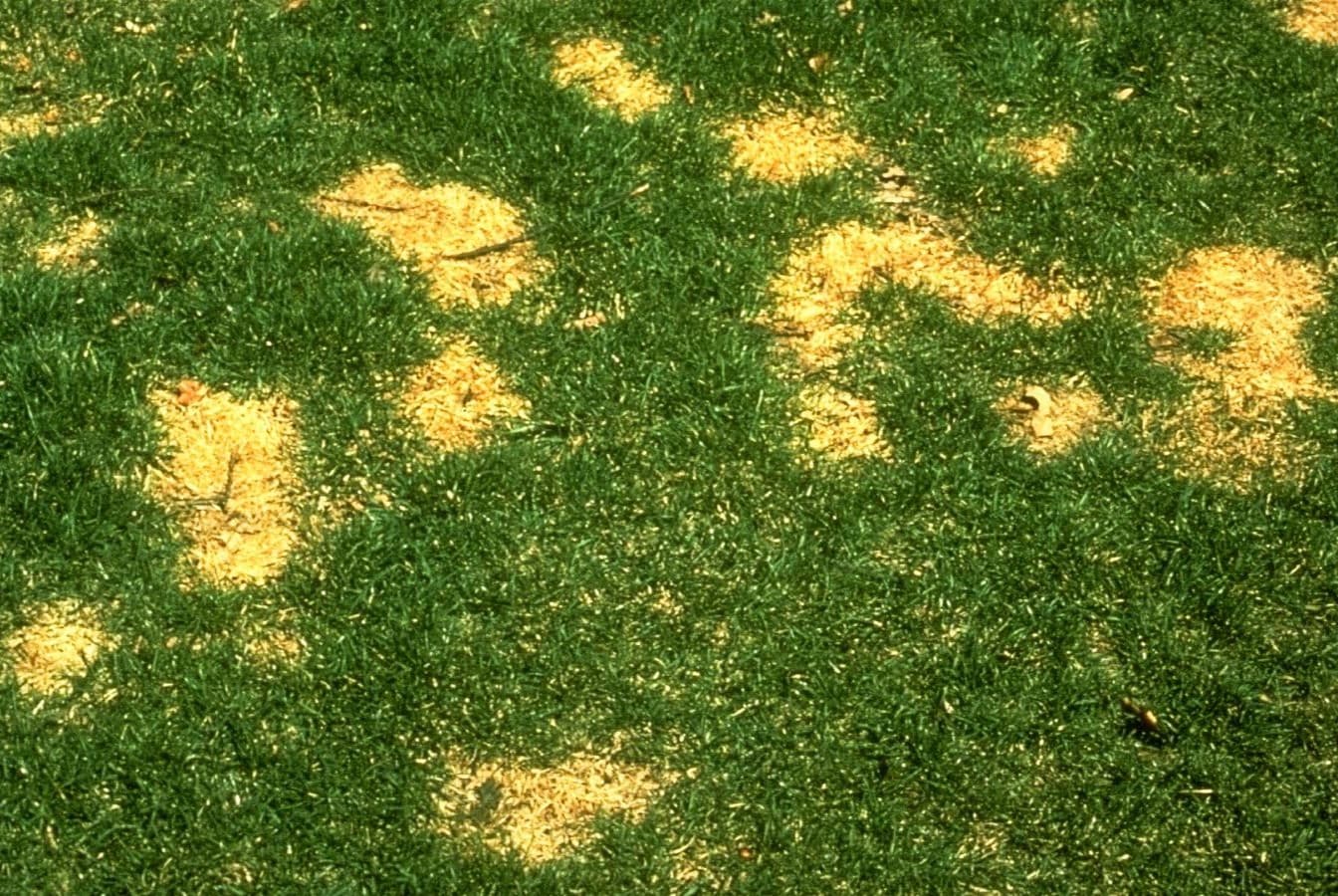
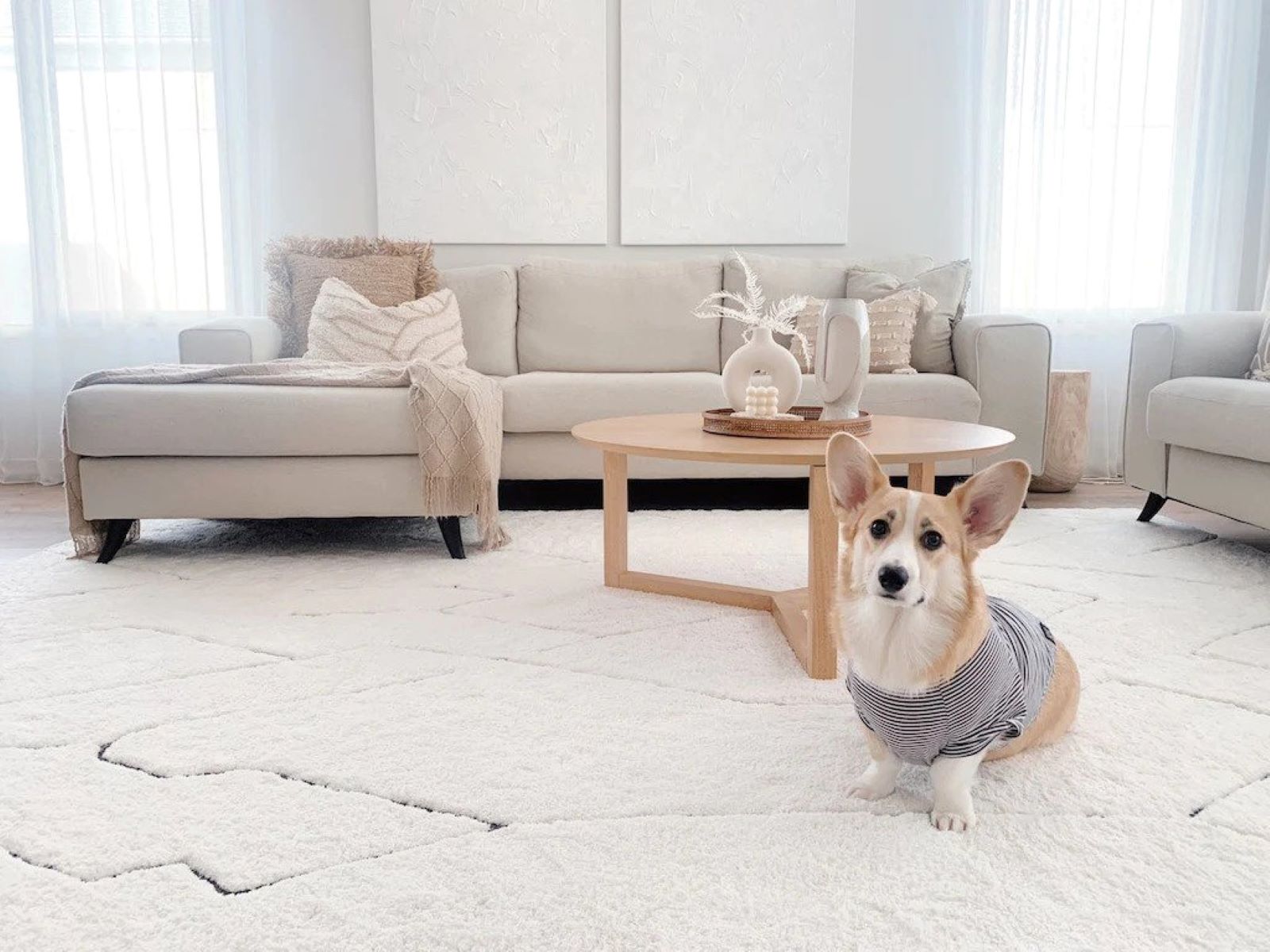

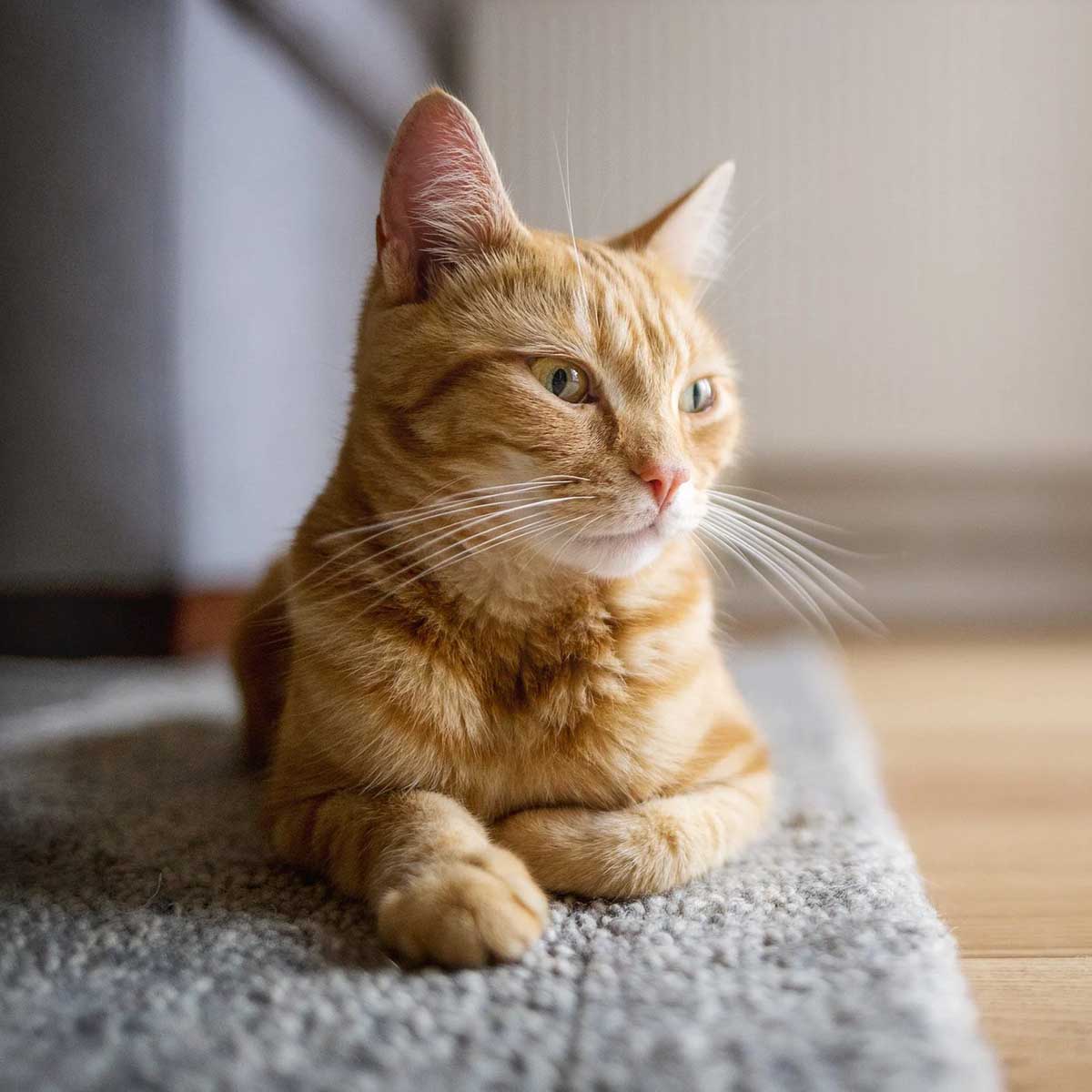
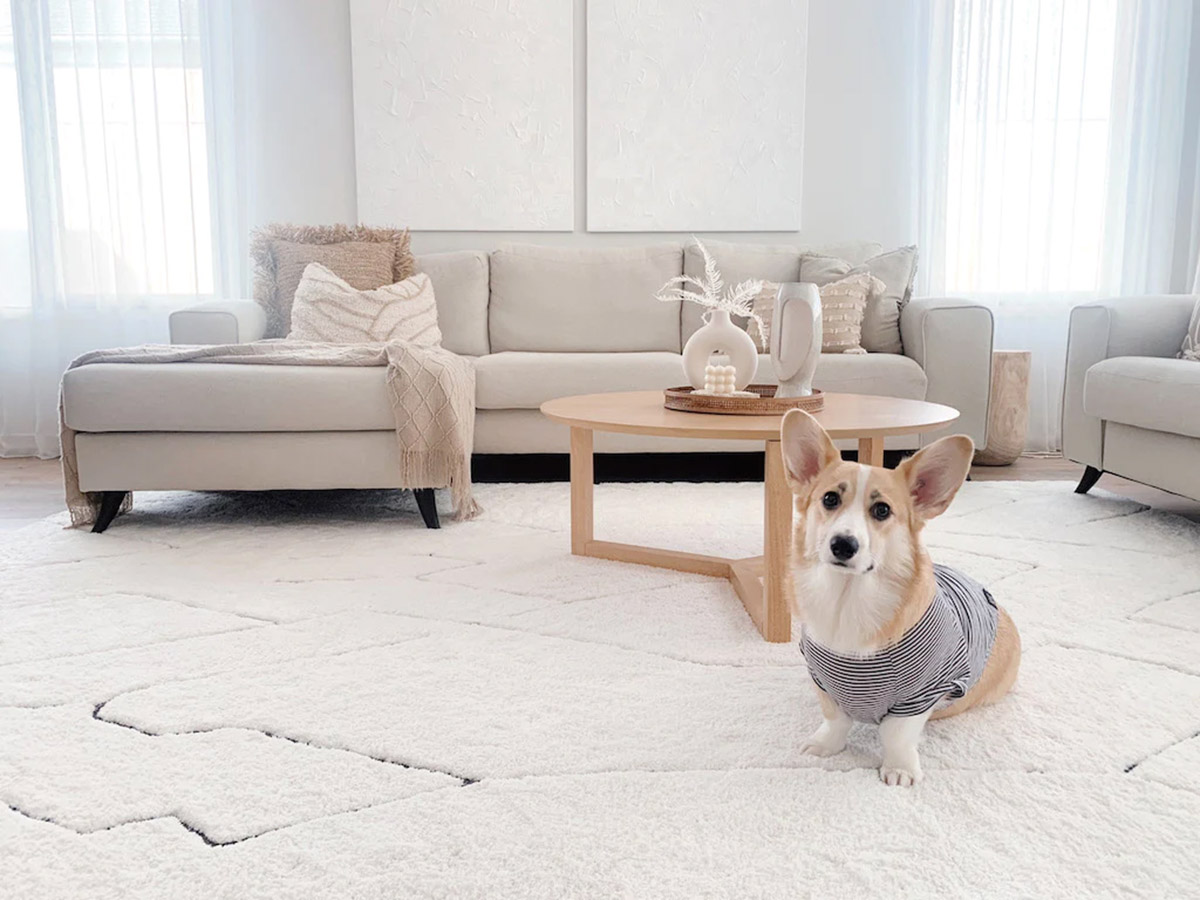
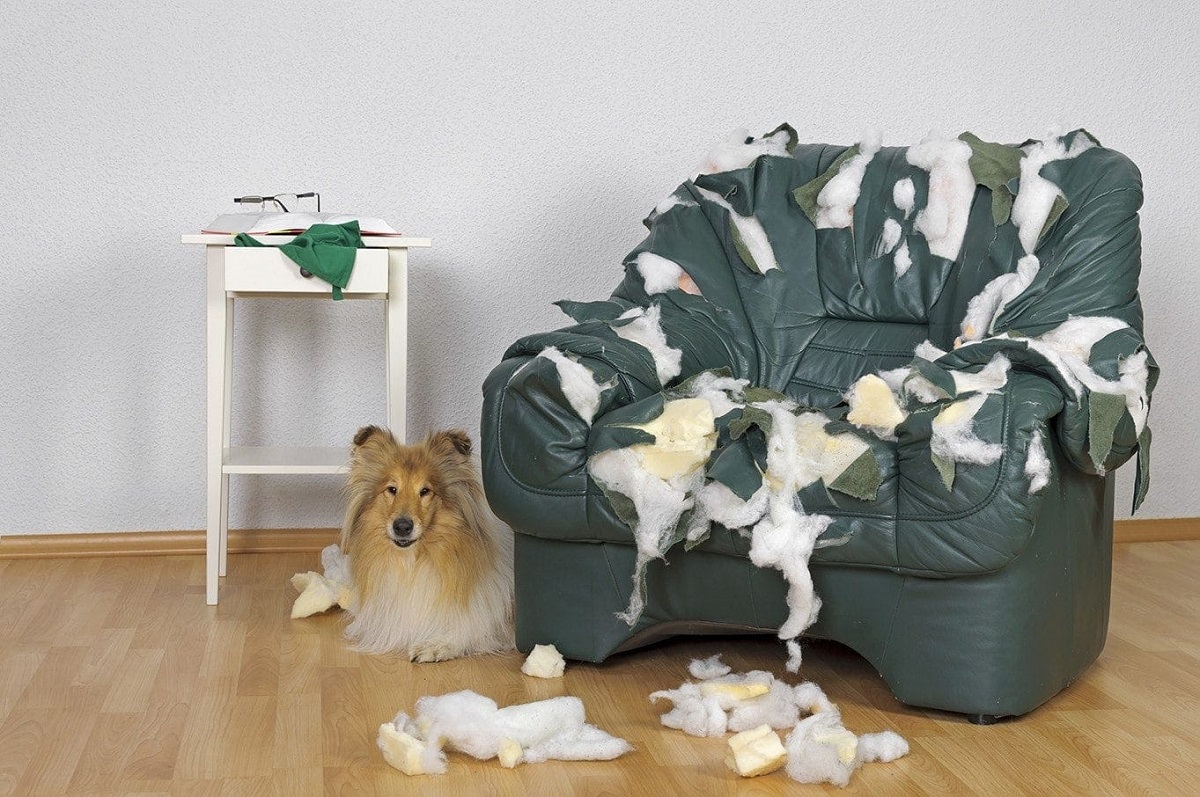
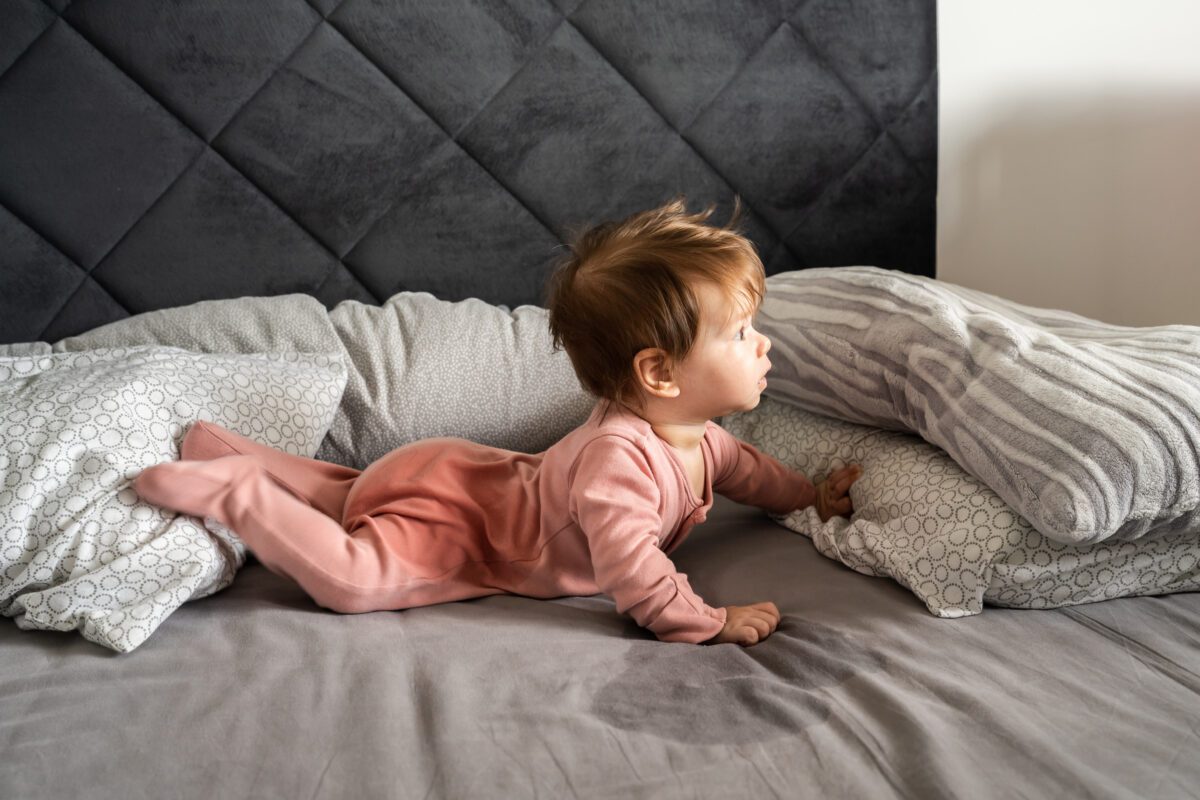
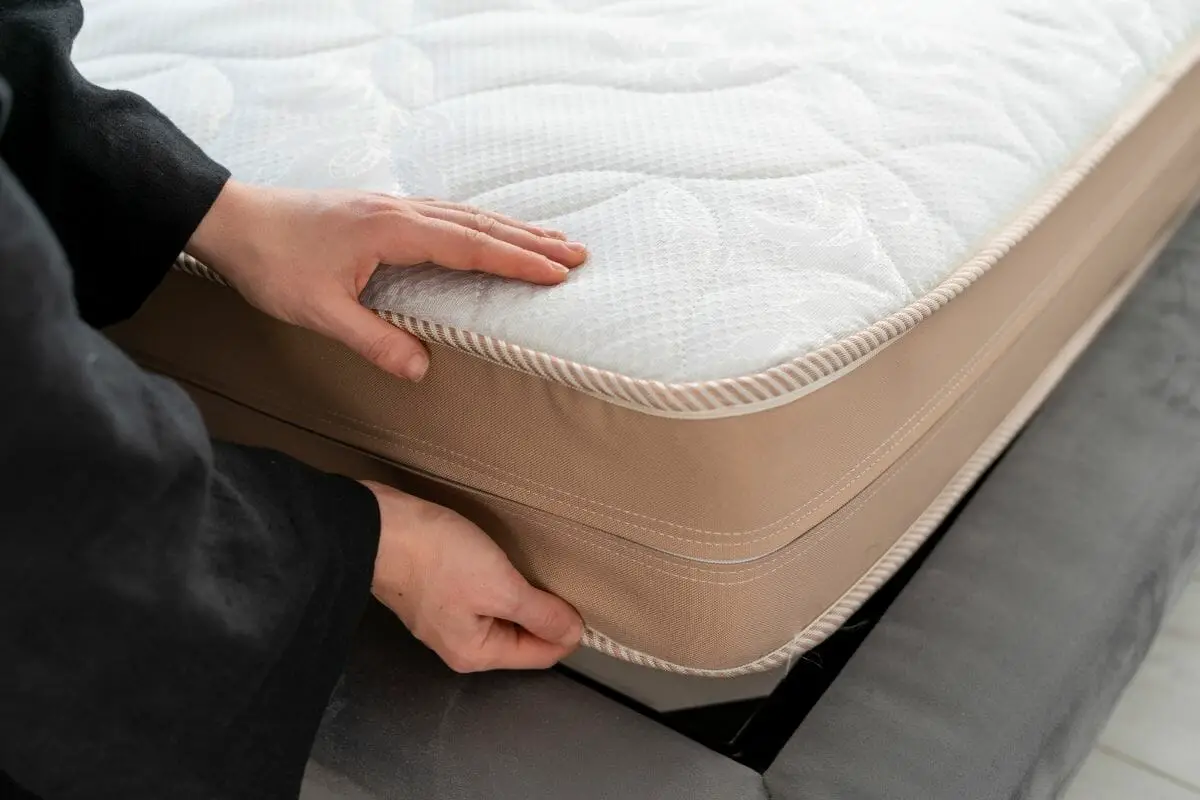
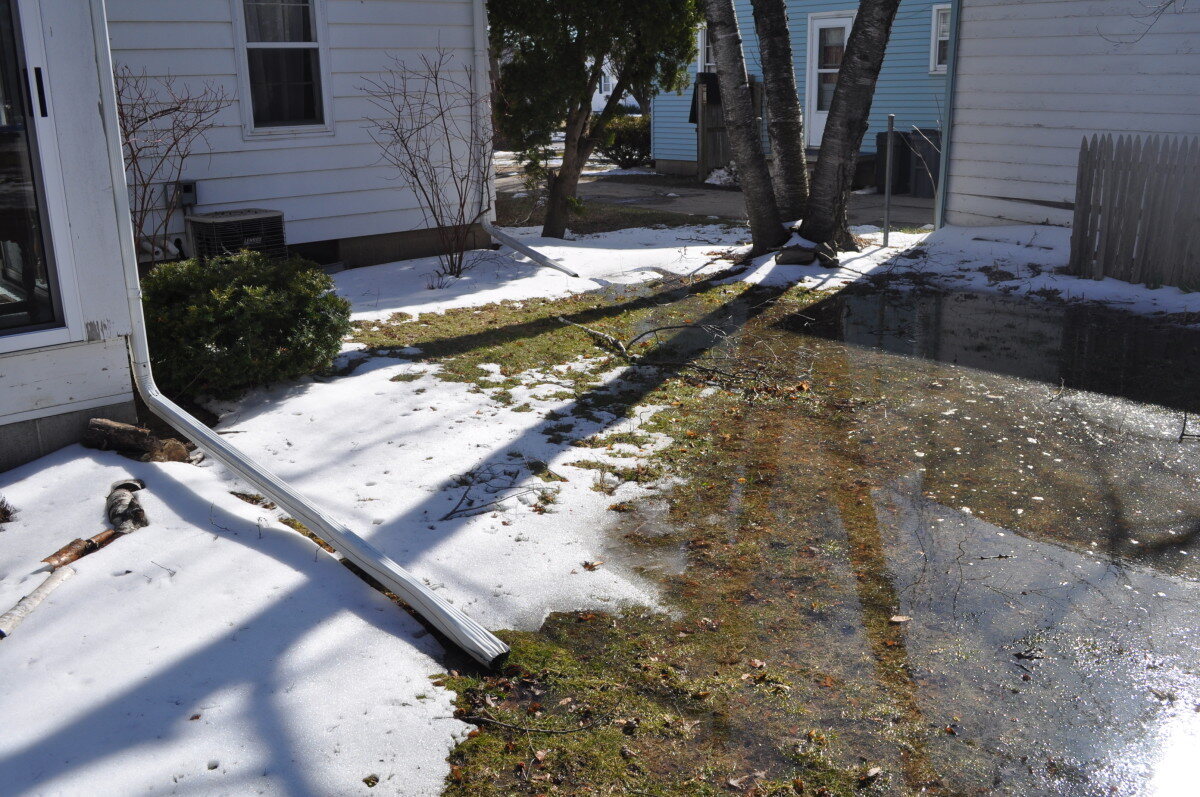
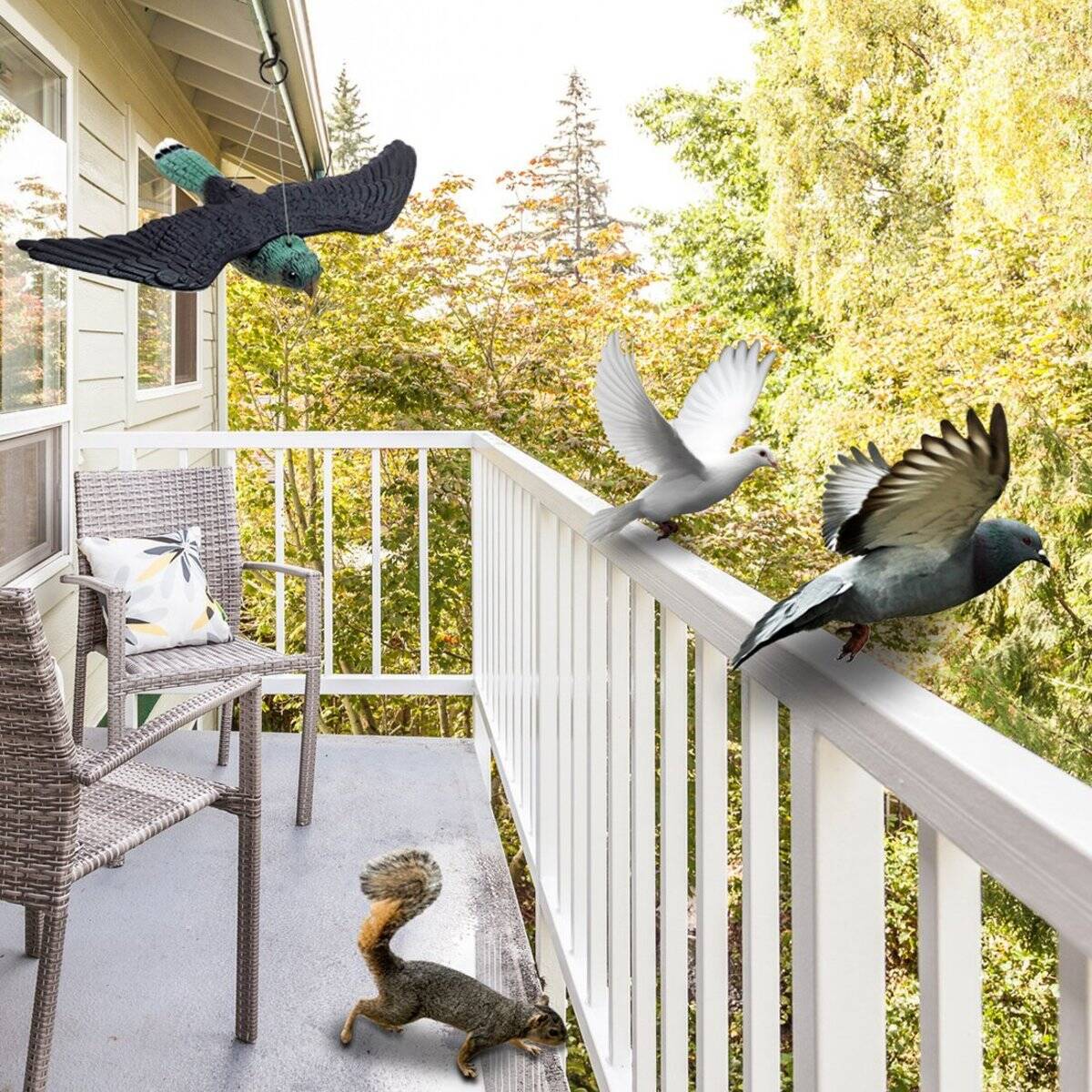
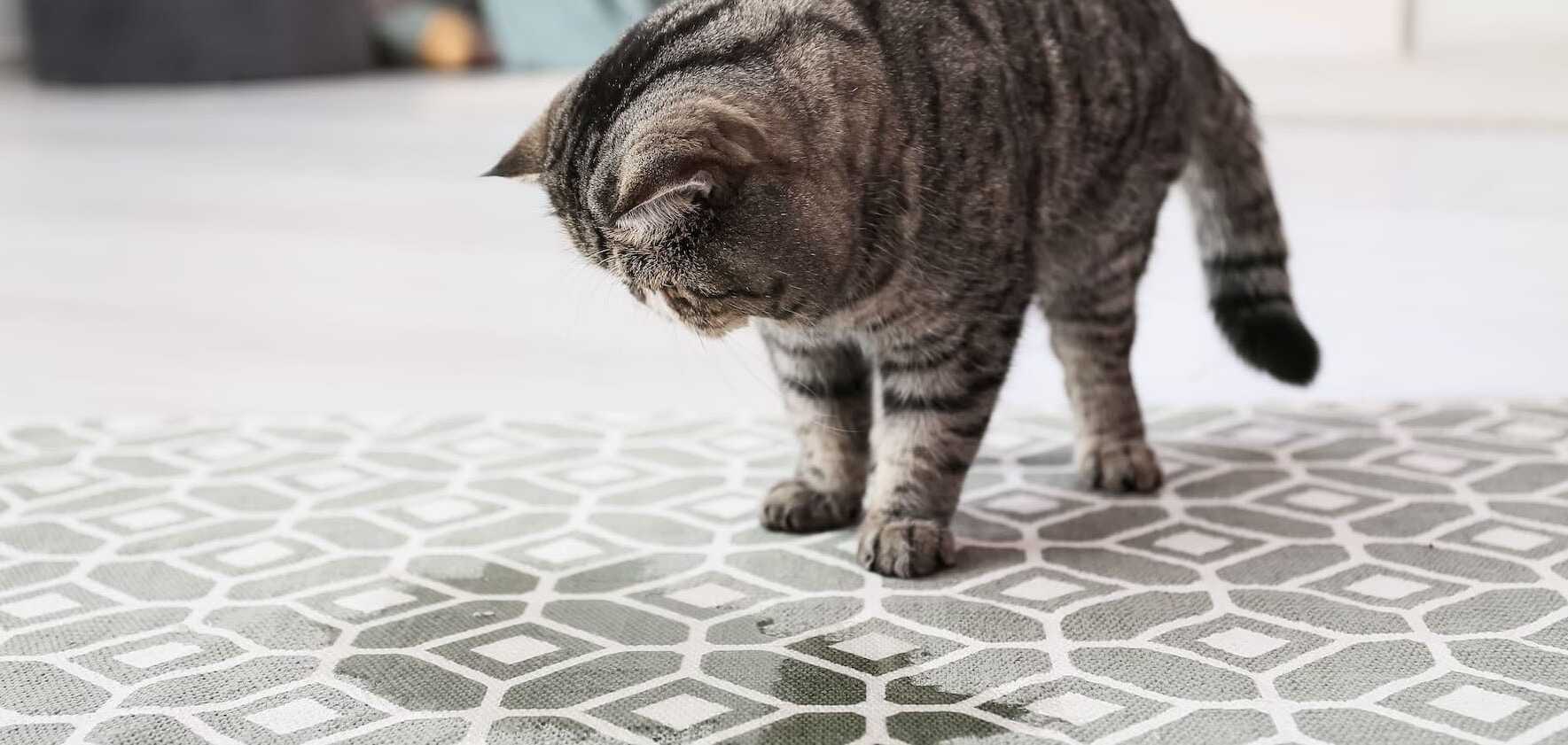


0 thoughts on “How To Stop Dogs From Peeing On A Patio”